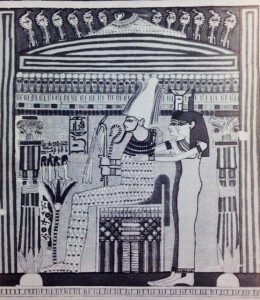 In broad terms, nearly all the books in the Gleason collection are about death– its causes, its meaning, and ways to subvert it. The books bellow however very specifically confront death and attempt to unveil its true nature.
In broad terms, nearly all the books in the Gleason collection are about death– its causes, its meaning, and ways to subvert it. The books bellow however very specifically confront death and attempt to unveil its true nature.
Death, Its Causes and Phenomena (With Special Reference to Immortality)
Hereward Carrington and John R. Meader
London: William Rider & Son, Ltd., 1913 [Second edition.]
Summary: A comprehensive volume that covers aspects of death from the mundane– the decomposition process– to the supernatural — vampirism. It discusses causes of death, including spontaneous combustion, as well as considering how human life might be prolonged, and why the human lifespan is so short in relation to the time is takes for humans to mature to adulthood.
Cesare Lombroso
London: T. Fisher Unwin, 1909 [First edition.]
Summary: A reformed atheist, Lombroso wrote this book to describe his experiences with the medium Eusapia Palladino. He claims to have had contact with spirits, which led him to believe there must be an afterlife and that it is scientifically verifiable.
Philippe Aries
New York: Knopf, distributed by Random House, 1981 [First edition.]
Summary: Based on nearly twenty years of research, Aries examines changing attitudes towards death in the West, from ancient times to the present. With the growth of individuality and the rise of the family, death became more present and dreadful. Aries questions how modern society can adjust its attitude towards death.
Josiah Oldfield
London: Rider, 1951 [First edition.]
Summary: According to Oldfield, death must “be faced with a brave and understanding heart.” In this book he seeks to answer questions about death and provide us with the proper frame of mind for accepting, if not understanding, our fate.
Myrl Edwards McMahan
New York: Exposition Press, 1955 (vanity press)
Summary: PLIF stands for Postdeath Life Is Factual. McMahan energetically posits we can communicate from our “low frequencies bodies” with the “high frequency bodies” of the departed.






